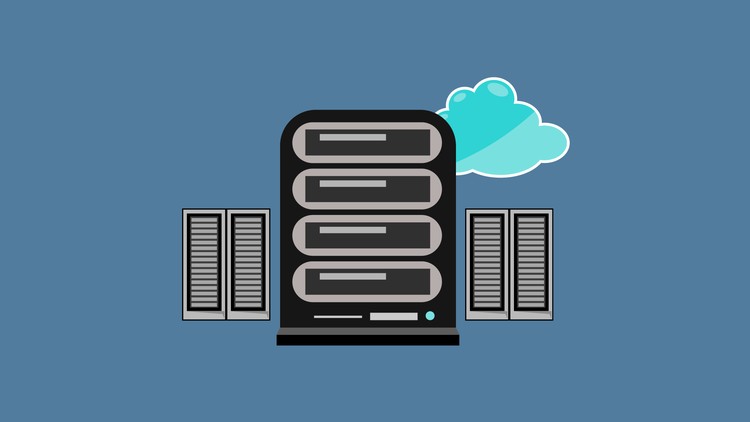Course overview
- Provider
- Udemy
- Course type
- Paid course
- Level
- All Levels
- Duration
- 6 hours
- Lessons
- 52 lessons
- Certificate
- Available on completion
- Course author
- Jayanta Sarkar
-
- complete My SQL
- MySQL Introduction Tutorial
- MySQL Installation & Workbench Tutorial
- MySQL Create Table Tutorial
- MySQL Insert Tutorial
- MySQL INSERT Multiple Rows Tutorial
- MySQL Constraints Tutorial
- MySQL SELECT With WHERE Clause Tutorial
- MySQL AND, OR, NOT Operators Tutorial
- MySQL IN Operator Tutorial
- MySQL BETWEEN Operator Tutorial
- MySQL LIKE Operator & Wildcards Tutorial
- MySQL Regular Expression
- MySQL ORDER BY & DISTINCT Tutorial
- MySQL IS NULL & IS NOT NULL
- MySQL LIMIT & OFFSET Tutorial
- MySQL Count Sum Min Max Avg Tutorial
- MySQL DELETE Tutorial
- MySQL JOIN Tutorial
- MySQL JOIN Multiple Tables
- MySQL GROUP BY & HAVING Clause
- MySQL SubQuery with EXISTS & NOT EXISTS
- MySQL UNION & UNION ALL
- MySQL IF & CASE Statement
- MySQL Arithmetic Functions
- MySQL String Functions Tutorial
- MySQL Date Functions Tutorial
- MySQL Time Functions Tutorial
- MySQL ALTER Tutorial
- MySQL DROP & TRUNCATE Table Tutorial
Description
If you want to learn how to gain insights from data but are too intimidated by databases to know where to start, then this course is for you. This course is a gentle but comprehensive introduction to MySQL, one of the most highly in-demand skills in the business sector today.
Whether you work in sales or marketing, run your own company, or want to build your own apps or websites, mastering MySQL is crucial to answering complex business problems and questions using insights from data.
Why Learn MySQL
Consistently ranked the most in-demand skill in recent employer surveys, SQL is a fantastic way to increase your income and boost your professional development. So many companies today use MySQL, including Twitter, Uber, Airbnb, Dropbox, Github, Kickstarter, Udemy, Slack, and many others. Unsure about the difference between SQL and MySQL? MySQL is the most popular open-source SQL database out there, so it’s a great choice to begin your learning journey. We’ll talk a lot more about the difference between SQL and MySQL in the course, but 95% of what you learn about MySQL in this course will apply to other databases such as Postgres, Oracle, and Microsoft SQL Server.
What Can SQL do?
SQL can execute queries against a database
SQL can retrieve data from a database
SQL can insert records in a database
SQL can update records in a database
SQL can delete records from a database
SQL can create new databases
SQL can create new tables in a database
SQL can create stored procedures in a database
SQL can create views in a database
SQL can set permissions on tables, procedures, and views
Similar courses

-
5 hours
-
103 lessonsCertificate

-
21 hours
-
326 lessonsCertificate


